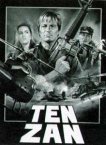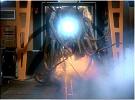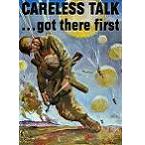Apollo11
Posts: 24082
Joined: 6/7/2001
From: Zagreb, Croatia
Status: offline

|
Hi all,
quote:
ORIGINAL: Tenzan
Okay..Finally dug out the book I had:
1)T.1 Type 1944-
It's hard to classify these; a sort of cross between an LSD and an APD..They carried four daihatsu LCVP's , or seven Type 2 LVT's, or two Koryu MS's, or six Kaitens All the loadouts went off rollers running down the aft deck.
2)T.101-103 Type 1944-
Not much to explain here..essentially a Japanese LST. Carries anywhere from fourteen to four tanks depending on model. Bow gate disembarking
3)SB.101 Type 1944-
Type 101 built for the IJ Army..main difference was that it was modified to burn coal.
4)SS.1 Type 1942-
Smallish LCM type craft. carries four Type 97 tanks, or one truck and a company of marines. Bow door disembarking
5)Shiushu Maru 1935-
The world's FIRST landing ship! Internal aircraft hangar deck, and through-deck carrying twenty daihatsu LCVP's. Disembarkation by stern doors and bow crane
6)Takatsu-Kibitsu Maru Type 1942-
Standard Type 1 MA's converted to LSD's for IJ Army use. Carried thirteen daihatsu LCVP's, and twelve toku LCVP's. Stern door and crane disembarking.
The LCVP's----------------------------------
Standard 'daihatsu barge' craft
a)10-metre Shohatsu SB-C Type
Built for the IJ Army-steel construction, motorboat-type hull
b)13-metre Chuhatsu Type
Steel construction, bow ramp
c)15-metre Moku-Daihatsu Type
Wooden constructiuon, bow ramp
d)14-metre Daihatsu Type
(Army designation LB-D) Steel construction, bow ramp
e)17-metre Toku Daihatsu Type
(Army designation N-L-BD) Steel construction, bow ramp
And, that's what they used!
Thanks for info!
Leo "Apollo11"
|
 Printable Version
Printable Version










 ):
): 

 New Messages
New Messages No New Messages
No New Messages Hot Topic w/ New Messages
Hot Topic w/ New Messages Hot Topic w/o New Messages
Hot Topic w/o New Messages Locked w/ New Messages
Locked w/ New Messages Locked w/o New Messages
Locked w/o New Messages Post New Thread
Post New Thread